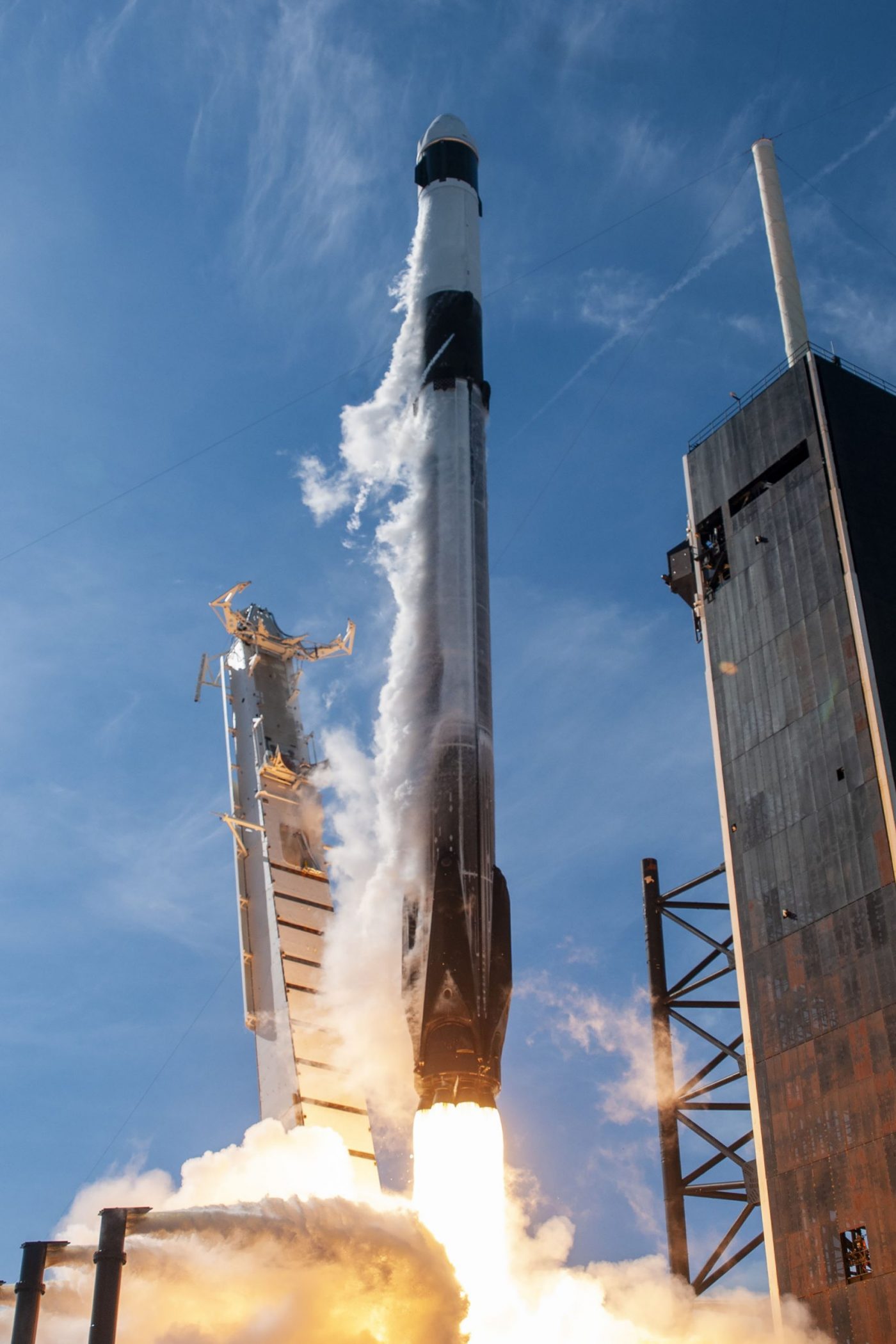

The live webcast of Sunday’s launch provided by SpaceX did not show any on-board camera views of the Globalstar satellite until an hour into the mission, an unusual practice for SpaceX’s commercial launches. Instead, Sunday’s mission featured a landing on SpaceX’s offshore recovery platform. SpaceX did not mention any other payloads in its live launch webcast or on the Globalstar mission page on its website.īut the relatively light weight of the Globalstar satellite would typically leave enough propellant reserve on the Falcon 9’s booster to return to landing. Some aspects of Sunday’s launch caused observers to raise questions about other spacecraft that may have been deployed alongside the Globalstar satellite. SpaceX is on pace to surpass the 31-launch mark - its total from last year - by the end of July.Ĭompany officials are aiming for more than 50 Falcon 9 and Falcon Heavy launches in 2022. The launches marked the 158th, 159th, and 160th flights of a Falcon 9 rocket overall, and the 24th, 25th, and 26th Falcon 9 missions this year, trying the 26-launch tally SpaceX achieved in the entire year of 2020. With Sunday’s mission for Globalstar, SpaceX notched three Falcon 9 flights in 36 hours, 18 minutes, the shortest span between three missions that any commercial rocket company has achieved. The Falcon booster used on the SARah 1 descended back Vandenberg for an onshore landing. PDT 1419 GMT) Saturday with the German military’s SARah 1 radar reconnaissance satellite. SpaceX teams at Vandenberg Space Force Base in California launched another Falcon 9 rocket at 10:19 a.m. That mission set a record with the 13th flight of a reusable Falcon booster, which returned to a landing on one of SpaceX’s drone ships in the Atlantic.

EDT (1609 GMT) Friday with the launch of 53 Starlink internet satellites from the Kennedy Space Center. The trifecta of Falcon 9 missions began at 12:09 p.m. Credit: Michael Cain / Spaceflight Now / Coldlife Photography SpaceX’s Falcon 9 rocket streaks through the night sky after liftoff from Cape Canaveral at 12:27 a.m. SpaceX said the upper stage reached the mission’s target orbit, and officials celebrated the company’s third successful launch in less than two days. The upper stage of the Falcon 9 rocket fired its single Merlin engine three times, stepping through different orbits before finally reaching an altitude of about 700 miles (1,126 kilometers) to deploy the Globalstar FM15 communications satellite nearly two hours into the mission. The Falcon 9’s first stage - itself 15 stories tall - landed on the drone ship about 10 minutes after liftoff, adding a ninth trip to space to the booster’s logbook. A few seconds later, the booster dropped away to head toward a SpaceX recovery platform, or drone ship, parked in the Atlantic Ocean east of Charleston, South Carolina. The rocket surpassed the speed of sound in about one minute, and shut down its booster stage about two-and-a-half minutes into the flight. The engines vectored their nozzles to guide the 229-foot-tall (70-meter) rocket northeast from Florida’s Space Coast, lining up with an orbital plane in Globalstar’s satellite fleet. The Falcon 9 shot off the launch pad at Cape Canaveral with 1.7 million pounds of thrust from nine Merlin main engines. SpaceX hauled a Globalstar communications satellite into orbit early Sunday from Cape Canaveral, pulling off the third Falcon 9 rocket flight in 36 hours, the fastest sequence of three missions by any commercial launch company in history.Ī spare spacecraft built more than a decade ago for Globalstar’s satellite phone and messaging network was tucked inside the Falcon 9 rocket’s payload shroud for liftoff from Cape Canaveral Space Force Station at 12:27:36 a.m. A Falcon 9 rocket lifts off from pad 40 at Cape Canaveral Space Force Station with the Globalstar FM15 satellite.


 0 kommentar(er)
0 kommentar(er)
